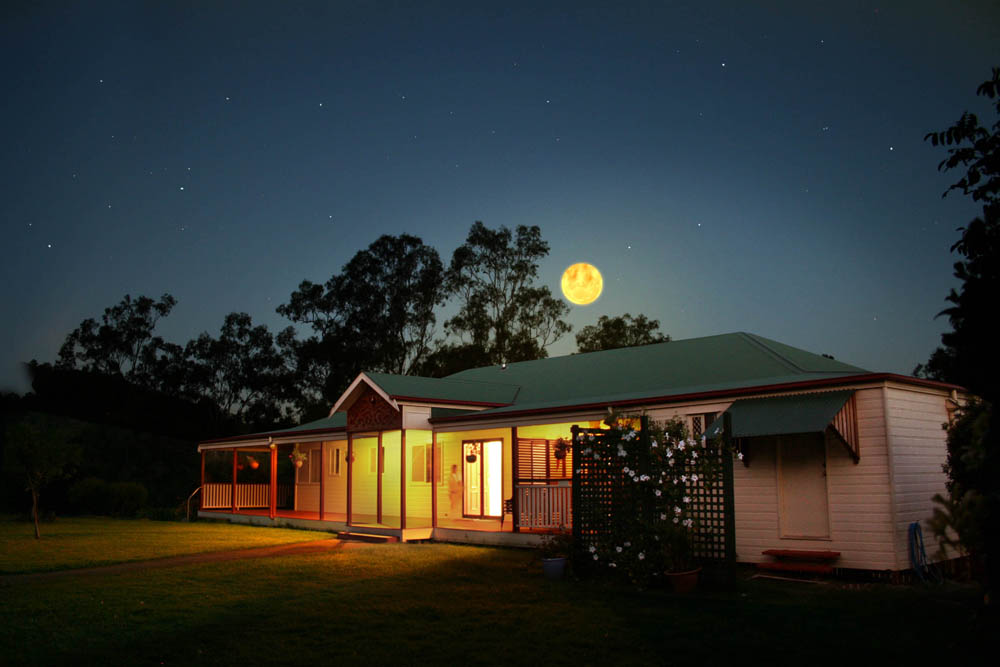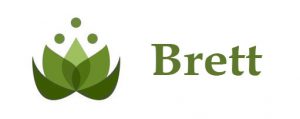
Māgha Pūja is one of the most important full moon days in the Buddhist calendar.
It commemorates the occasion of ‘Sāvakasannipāta’, a spontaneous gathering of Arahant disciples, which happens at least once in the lifetime of each Buddha. In the case of our Buddha Gotama, the Sāvakasannipāta took place at the full moon in February.
1,250 bhikkhus (Buddhist monks) gathered spontaneously, without any prior arrangement, in the Veluvana (‘Bamboo Grove Monastery’) at Rājagaha, where the Lord Buddha was staying on that night.
All these monks have been ordained by the Buddha personally, with the famous injunction “Ehi Bhikkhu, svākkhāto dhammo, cara brahmacariyaṃ sammā dukkhassa antakiriyāyā ti” (“Come monk, the Dhamma is well expounded, live the holy life to make an end of all suffering”)
All of them are ‘chaḷabhiññā’ Arahants who have attained the six higher knowledges, and they arrive by means of their psychic powers.
It is the full moon night of the constellation Māgha, and the Buddha recites the ‘Ovadapātimokkha’ in their presence.
The Ovādapātimokkha is justly famous as a concise summary of the complete practice leading to awakening, expressed in only 16 lines of verse:
“Abstain from any evil deed,
accomplish what is good and true,
and fully purify your mind –
That is what all the Buddhas teach.
Enduring patience is the best
of all ascetic practices;
The best of everything at all
is called Nibbāna by the sage.
If you cause harm to anyone
you can’t be called a genuine monk!
Refrain from harming and abuse,
and strictly keep the Buddha’s rules;
Be moderate when taking food,
and dwell alone in solitude
devoted to the Higher Mind –
That is what all the Buddhas teach.”
(Dhammapada Verses 183-185, trsl by Dhs)
Credit: Dhammagiri Forest Hermitage Newsletter www.dhammagiri.org.au <dhgnews@dhammagiri.org.au>


